This Scribble blog post was written by Hollie Gillespie, Occupational Therapist
Does your child find it tricky in social situations? Sometimes get stuck on their own ideas and find it hard to be flexible when things don’t go to plan? Follow their own plan without regard for their peers? Struggle relating to their peers’ thoughts and feelings? React to small problems with big reactions? Forget to use eye contact when interacting with others? Can they listen and demonstrate good receptive language?
If your child can relate to some of these areas, they are a perfect candidate to embark on a social learning adventure. Here at The Children’s Place we have access to the wonderful Social Thinking curriculum – We Thinkers series 1 and 2, as well as the Superflex Curriculum.
What is the Social Thinking: We Thinkers curriculum all about?
The Social Thinking: We Thinkers curriculum is a treatment methodology developed by Michelle Garcia winner that teaches the “why” behind our social behaviour in a fun, stimulating way. We Thinkers uses vocabulary and concepts as a way to break down, explain and put into concrete terms, all of the abstract ideas and terms that make up our social world. Our social world is a very complicated place, which makes it tricky for our little ones to problem solve and navigate their way through social situations and experiences.
What concepts are learned in We Thinkers?
We Thinkers teaches children aged from 4 years of age and upwards, with strong language and listening skills through teaching the following concepts:
- Thinking Thoughts and Feeling Feelings; The ability to think about others, play collaboratively and establish friendships. The skills of knowing our own thoughts, sharing them with others and taking others’ thoughts into account as we act and react. Connecting thoughts to feelings, because what we think and what we feel are inseparable.
- The Group Plan; The understanding of the difference between following their own plan versus the group plan. When one person follows their own plan, the group finds it difficult accomplishing their goal.
- Thinking With Your Eyes; Expressively we use our eyes to show others what we are thinking about. We look at people to let them know we are thinking about them, listening to them, and/or sharing an experience with them.
- Body In The Group; Learning about maintaining a comfortable physical presence around others, not too close and not too far away. Supports our ability to send non-verbal messages that we are interested in others and that we are following the same plan.
- Whole Body Listening; Whole body listening is when our eyes, ears, mouth, hands, arms, legs, and feet are calm and quiet. Whole body listening helps us pay attention to what people are doing around us and it shows others we are thinking about them.
- Hidden Rules and Expected and Unexpected Behaviours; Learning about the hidden rules that aren’t explicitly taught, and the expected behaviours we must follow in everyday situations so that we can encourage positive and comfortable thoughts within those around us.
- Smart Guess; A smart guess is when we take what we observe and combine that with what we know to make a guess regarding what is happening around us in social situations and experiences.
- Stuck and Flexible Thinking; Learning about how to adapt our own behaviours in the moment depending on the situation and the people in it. Developing the ability to change our plan, try a different solution to a problem, change what we are thinking or give up what we want based on the group plan.
- Size Of The Problem; Developing the understanding that problems come in all different sizes and our responses and reactions to different problems need to vary also. This concept aims to develop a child’s emotional regulation and ability to problem solve to figure out how to act, learn what to say and how to keep themselves and others feeling comfortable together.
- Sharing An Imagination; This concept aims to develop the child’s ability to have back and forth conversations with others whilst sharing ideas and experiences. It develops the child’s ability to put themselves in others’ shoes to be able to imagine what they have experienced or are experiencing.
How do children learn We Thinkers concepts?
Each topic has a social story that follows four characters, Evan, Ellie, Jesse and Molly, as they embark on adventure together and navigate their way through social situations. In each story, the children experience difficulties and are required to problem solve using the concepts together as a group in order to generate more appropriate social interactions. The We Thinkers curriculum uses a play-based approach to teaching concepts and uses vocabulary that it is fun and motivating for children. The concepts and vocabulary are easily generalised to all environments including home, school and community.
This wonderful curriculum can be used in a group of children or 1:1 between therapist/parent/teacher and child. Each concept taught within the curriculum comes with a Family Letter so that families can use strategies and engage the child in activities at home to continue their learning. This also supports the child to generalise concepts learnt and vocabulary to all environments that they engage within.
If you are interested in embarking on a social thinking adventure with your child, contact us here at The Children’s Place or liaise with your child’s class teaching staff regarding the resources.
Information discussed above was gathered from the Social Thinking Curriculum manual and handouts.

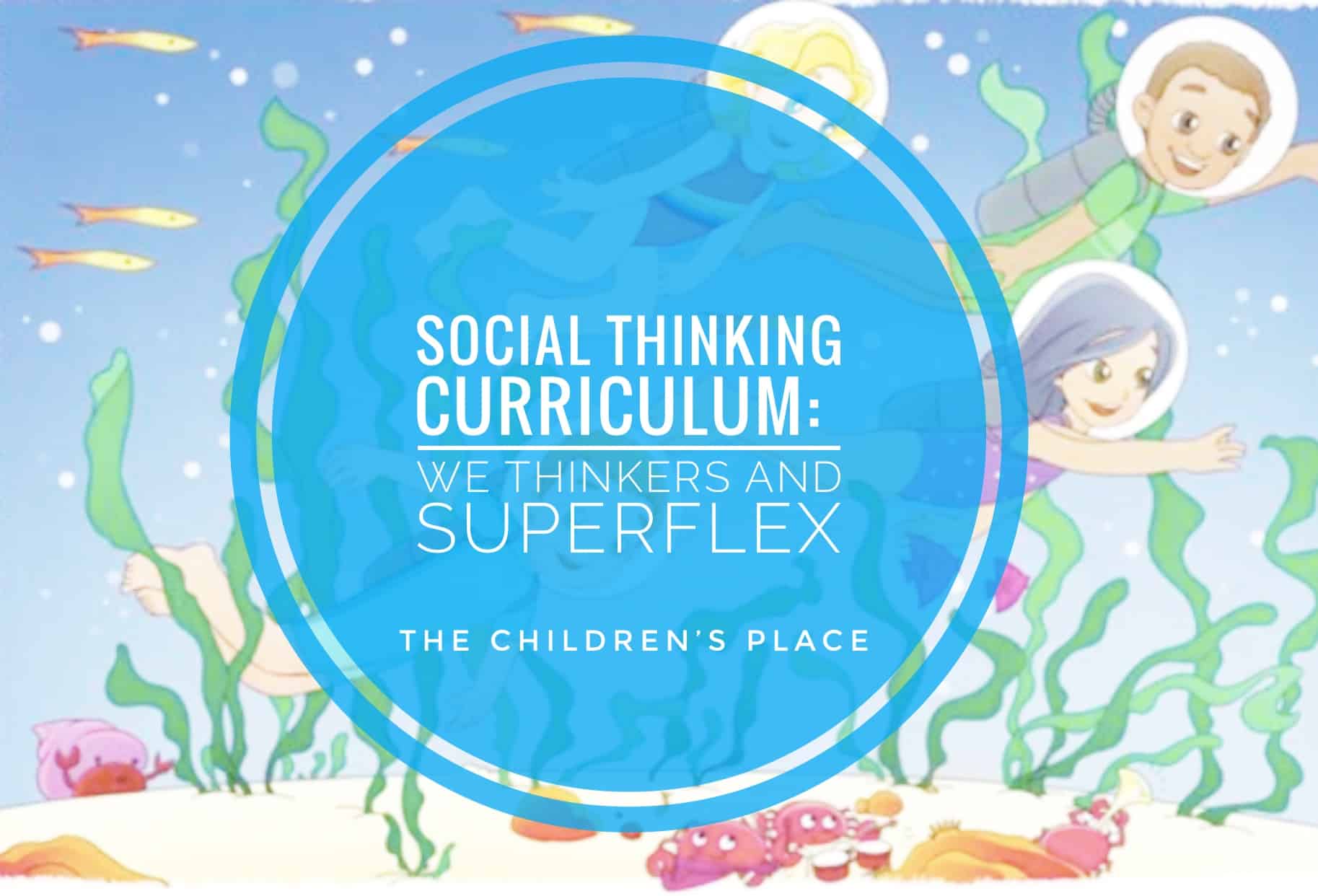
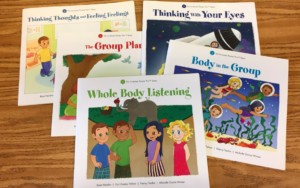
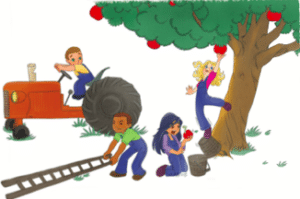
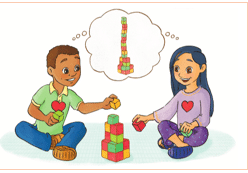
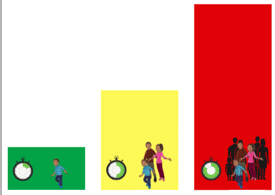

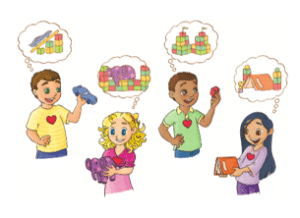
Leave A Comment